
First published in North American 2012 by Zest Books
35 Stillman Street, Suite 121, San Francisco, CA 94107
www.zestbooks.net
Created and produced by Zest Books, San Francisco, CA
2012 by Zest Books LLC
Typeset in Egyptienne, Trade Gothic, and Toronto Gothic
Teen Nonfiction / History / Arts & Entertainment
Library of Congress Control Number: 2012933458
ISBN: 978-1-936976-27-0
All rights reserved. No part of this publication may be reproduced or used in any form or by any meansgraphic, electronic, or mechanical, including photocopying, recording, or information storage and retrieval systemswithout the written permission of the publisher.
CREDITS
BOOK EDITORS: Dan Harmon and Mariah Gumpert
CREATIVE DIRECTOR: Hallie Warshaw
ART DIRECTOR/COVER DESIGN: Tanya Napier
GRAPHIC DESIGN: Marissa Feind
MANAGING EDITOR: Pam McElroy
PRODUCTION EDITOR: Keith Synder
EDITORIAL ASSISTANT: Ann Edwards
TEEN ADVISORS: Amelia Alvarez, Ema Barnes, Anna Livia Chen,
Huitzi Herrera-Sobal, and Felicity Massa
Manufactured in China
LEO 10 9 8 7 6 5 4 3 2 1
45XXXXXXXXX
Every effort has been made to ensure that the information presented is accurate. The publisher disclaims any liability for injuries, losses, untoward results, or any other damages that may result from the use of the information in this book.
First published in Great Britain 2003
2003 by Arcturus Publishing Limited
Arcturus Publishing Limited
26/27 Bickels Yard
151153 Bermondsey Street
London, SE1 3HA
UNITED KINGDOM
INTRODUCTION
H ave you ever had the feeling that there's more to our world than meets the eye? That some things happen for which there just isn't any logical explanation? Or that the dividing line between waking life and dreams (not to mention nightmares) isn't as clear as we might think? Well, you're not alone.
Humans have always sought answers for the unexplained, but even when we do find answers it often seems like we only wind up with more questions! Through advances in science and technology we often come up with better questions than we had before, but, at the same time, some questions never change. Where did we come from? What happens to us after we die? Why is there evil in the world? What was that sound we just heard? And who was Jack the Ripper, really!?
Zombies, voodoo, Bigfoot, the lost city of El Dorado, the magic of Ouija boards, and the idea of angels and reincarnation, are all, in their way, attempts to address these big questions (or, potentially, ways for these questions to begin addressing us). These mysterious phenomena have been an essential part of every human culture. In the Northwestern United States people still hunt for evidence of Bigfoot; the Loch Ness Monster has been eluding boaters in Scotland for centuries; vampires and zombies fascinate audiences all over the world; and kids everywhere still try to make contact with the dead via their families Ouija boards.
In this book, you'll learn about all kinds of seemingly unexplainable phenomena. Some of these seem to lie forever just beyond our grasp (like Bigfoot pictures, which are always blurry, or Jack the Ripper's true identity, which constantly eludes us.) Some tales have been researched and disproved countless times, and yet people still cling to them. And others seem unlikely to ever be solved. But who knows, some of these mysteries could be solved tomorrow! After all, it seems like we finally figured out what happened to Anastasia. Maybe we'll have similar luck with the Big Bang or the Holy Grail!
Keeping an open mind to the possibility that there's more to this world than we can test and measure seems like a pretty good ideaand it definitely makes life a lot more exciting. And you never knowwith an open mind and a watchful eye you just might discover the next unexplained mystery yourself!


ALCHEMY

Scientists believe that the discovery of oxygen in the eighteenth century led to the birth of chemistry as we know it. Before that, many cultures had examined the properties of different materials without ever forming a coherent theory to link their qualities. These ancient studies were known as alchemy or transmutation. Scientists once believed that metals underwent a profound change as they oxidized, and these scientists hoped that the ultimate transmutation process would turn common metals into gold or silver. Alchemy was the name that was given to the idea of making gold from scratch. Modern chemistry has proven such a theory to be completely impossible, but for thousands of years it was thought to be true.
M any of the world's greatest minds believed in the possibility of making gold from base ingredients. In fact, it was such a widely held belief that King Henry IV of England encouraged all intelligent men in the country to study the subject so that the nation's great debts could be paid. And in later years, many other rulers also supported alchemists and their experiments. Others feared the repercussions of transmutation, and in the second century BCE China actually made the production of gold by alchemy an offense punishable by death, while the Roman Emperor Diocletian ordered the destruction of all Egyptian texts that advocated alchemical procedures.
Diocletian and the Chinese authorities were wise to be wary, for the ancient Egyptian and Far Eastern peoples were then the world's authorities on alchemy. Some still revere mystical Eastern alchemical practices to this day, and the Egyptians are said to have spread their knowledge on to other peoples, particularly in the Arab world, where the seventh-century ruler King Khalid was said to be a master of the subject. Indeed, the word alchemy is thought to have been derived from the Arabic word for Egyptian art, al-khem. In the following centuries it is said that the Sufi Islamic movement used alchemy as part of its religious teachings.

PEOPLE ARE STILL DOING THIS?
Alchemy is still practiced today, though most people (we hope!) are no longer trying to turn metal into gold. Today's practitioners are trying to find healing remedies, and using alchemical symbols as part of spiritual practices such as Kabbalah. Instead of trying to achieve eternal youth (like ancient alchemists in the East), they believe in being connected to the universe. Some of them believe that alchemy's principles can help improve modern science, especially in the study of cloning and DNA. Some even believe that alchemy can lead to time travel.

Alchemists hard at work, trying to turn base metals into gold (with the aid of smoke, chamber pots, plungers, and a cast of thousands).
Alchemy has always had strong religious connections. Albertus Magnus and St. Thomas Aquinas were both experts on the subject. Aquinas even wrote a text asking if it was ethically correct to pass off gold created by alchemy as real gold. Another holy man, the fourteenth-century pontiff Pope John XXII, wrote a major work on the subject, and also wrote a great text damning fraudulent alchemists. When he died in 1334, he left behind large amounts of wealth, leading some to speculate that it had been created through alchemy. Even Martin Luther may have believed that alchemy was beneficial for affirming Church doctrines. Scientists Sir Isaac Newton and Robert Boyle were also sympathetic to alchemy.
Next page
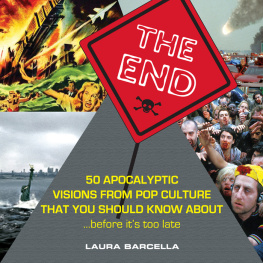
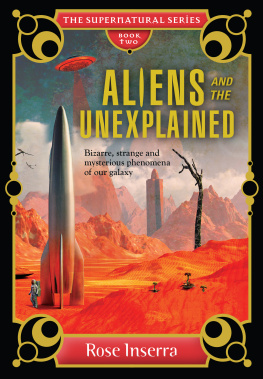

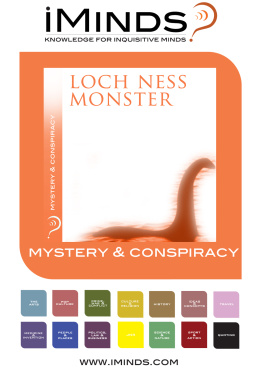
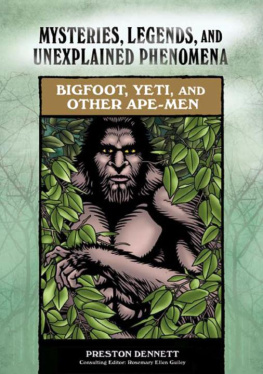
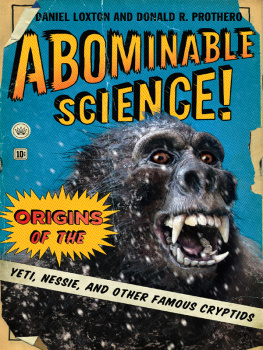
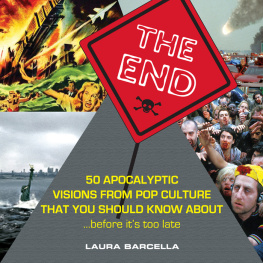
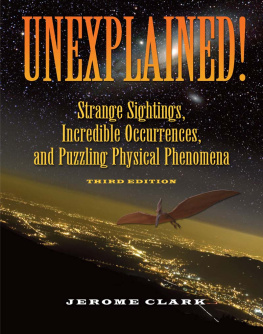



 ALCHEMY
ALCHEMY 

